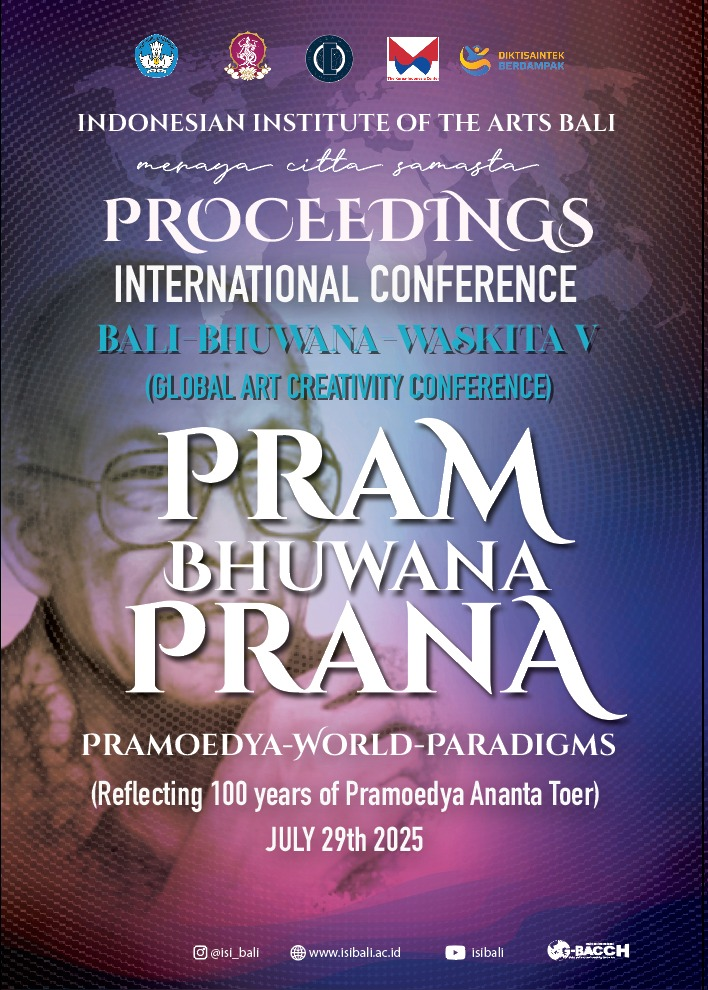The Controversy of Pramoedya Ananta Toer: A Reception Study Toward Reconciliation
DOI:
https://doi.org/10.31091/bbwp.v5i1.635Keywords:
Controversy, Literature, Politics, ReconciliationAbstract
The life journey of the writer Pramoedya Ananta Toer is filled with controversy. On one hand, he has been harshly criticized; on the other, he has been highly praised. Pramoedya and his works are scarcely mentioned in literature education in Indonesian schools. Strangely, abroad, this author from Blora, Central Java, enjoys great renown. This raises a fundamental question: what is Pramoedya’s position in the landscape of Indonesian literature? This study applies the theory of diachronic reception by Robert Jauss and Wolfgang Iser. The research employs a descriptive qualitative method, drawing on data sources such as books, magazines, newspapers, journals, and reviews discussing Pramoedya. Additional sources include Pramoedya’s tetralogy novels, Bumi Manusia, Anak Semua Bangsa, Jejak langkah, Rumah Kacaand as well as the film adaptation of Bumi Manusia. The findings reveal that the controversy surrounding Pramoedya’s life is closely tied to the political landscape in Indonesia between 1950 and 1966. During this period, the Institute of People’s Culture Lembaga Kebudayaan Rakyat (Lekra) emerged, ideologically opposed to the Cultural Manifesto movement (Manifes Kebudayaan). As a member of Lekra, Pramoedya sharply criticized Manifes Kebudayaan writers through his polemical writings. Several works by Manifest Kebudayaan affiliated authors were burned, and the writers imprisoned. Conversely, Pramoedya’s own works were banned and withdrawn from circulation. He himself was detained in Jakarta and later imprisoned on Buru Island. Through the lens of diachronic reception theory, this study identifies elements that may open a path toward reconciliation.
Downloads
Published
How to Cite
Issue
Section
License
Copyright (c) 2025 I Nyoman Suaka, Kadek Tia Wisma Adinda

This work is licensed under a Creative Commons Attribution-NonCommercial-ShareAlike 4.0 International License.




